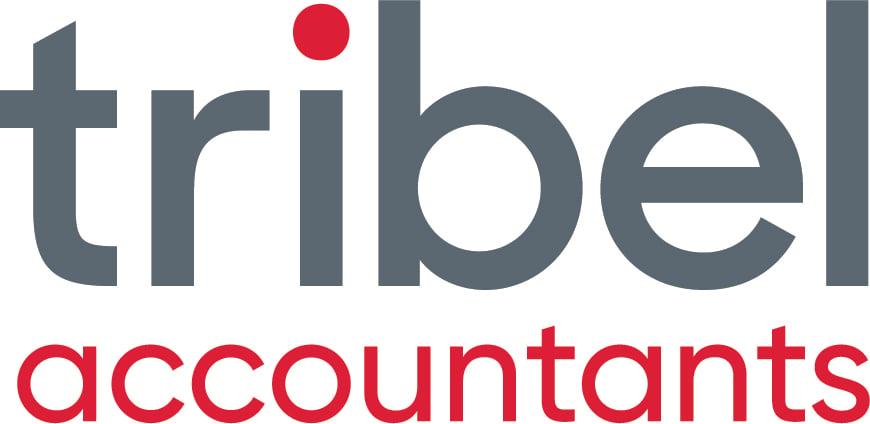INTRODUCTION:
Like any great small business accountants, whenever advising clients who are thinking of selling their business or just assisting them to formulate their business planning agenda, we focus strongly on the SWOT analysis. Why? Well through experience as a business valuer we know that a business that has strengths, is addressing their weaknesses, has identified their opportunities and is aware of their threats is more like to get a higher small business valuation than one who just turns up each day hoping that things will get better for whatever reason.

Figure 1: A SWOT analysis will help you get over the hurdles you face in selling your business for a decent price.
1. Strengths
Write down what strengths your business might have. Number one should be cash flow as this is what potential buyers of a business will look for. It's no good making a profit but rarely having any cash in the bank. Some of these items can be identified with your small business accountant Sydney and Dubbo.
Other examples might be:
- customer loyalty;
- good customer spread as a percentage of revenue;
- consistently growing profits and revenue over the years;
- great management reporting systems;
- staff loyalty;
- strong IT systems;
- points of difference from competition;
- location goodwill;
- being an industry that is growing;
- little supplier reliance.
2. Weaknesses
It's very important to identify your weaknesses as in order to increase your business valuations, you will want to give business valuers Sydney less of a 'free hit' to mark your potential market price down. Again your small business accountants Sydney and Dubbo should be able to assist.
Pretty much if you score weakly in any of some of those noted in point 1 above, you need to have a business plan that will address these over a period of time.
For example, if customer loyalty is a weakness, find out why this may be. Could a loyalty program help address this?
If you are reliant on only one or two suppliers, this will leave you exposed to having to accept their conditions on price etc. with very little negotiating power on your side. It might be time to try and find alternatives so that you have a number of options.

Figure 2: Identfying your weaknesses is always a good start! Photo courtesy of Balmain Baz and Lara Scolari Gallery Balmain
3. Opportunities
Where are the opportunities for your business? Could they be:
- lack of competition;
- a niche market that is not being serviced in your customer territory;
- a new product or service that complements those that you already have so you can up sell and cross sell;
- efficiencies through adopting better technologies and more modern plant and equipment;
- providing better, quicker service than a big competitor and a much more competitive price.

Figure 3: Sit down with your team and do a SWOT.
4. Threats
A business that is constantly evolving and staying ahead of the pack is very appealing to me. Have you identified your threats such as:
- competitors moving into your market;
- industry starting to suffer due to government regulations or technology making your products or service redundant;
- pressure on margins;
- losing a major customer;
- losing key staff members.
There are many possibilities but more importantly what are you doing about these? Write down a series of actions on how you can minimise the impact of these threats before they become reality.
CONCLUSION:
When it comes to business planning and cash flow forecasts, it's quite easy to think that a SWOT doesn't matter or that it is just a 'tick a box' part of your strategy.
Ignore your SWOT at your peril.
You may just wish when the time comes to sell that you had paid more attention to it.


.png?width=100&height=100&name=COVID_Safe_Badge_Digital%20(002).png)




